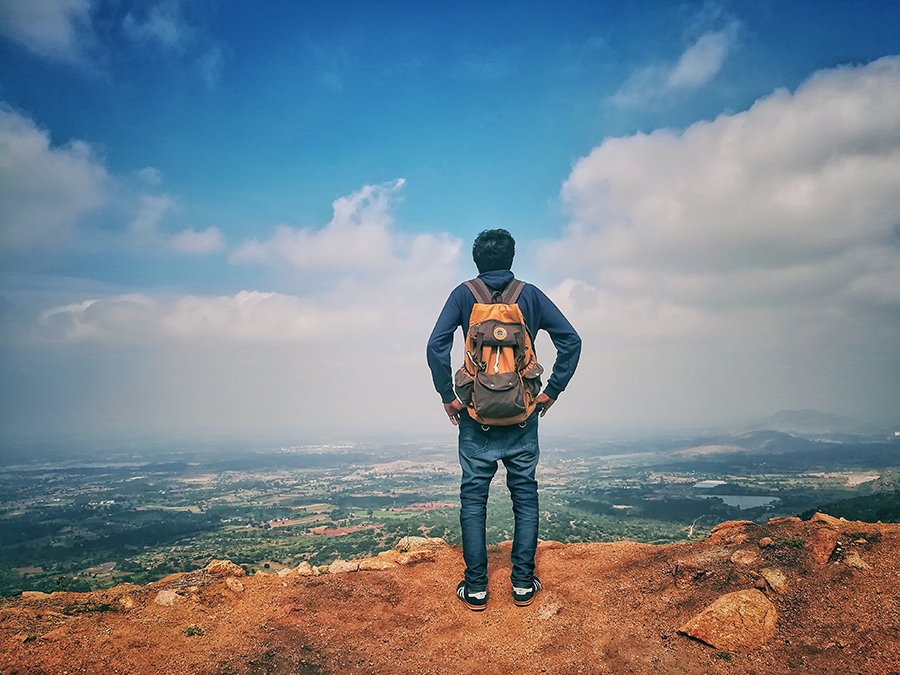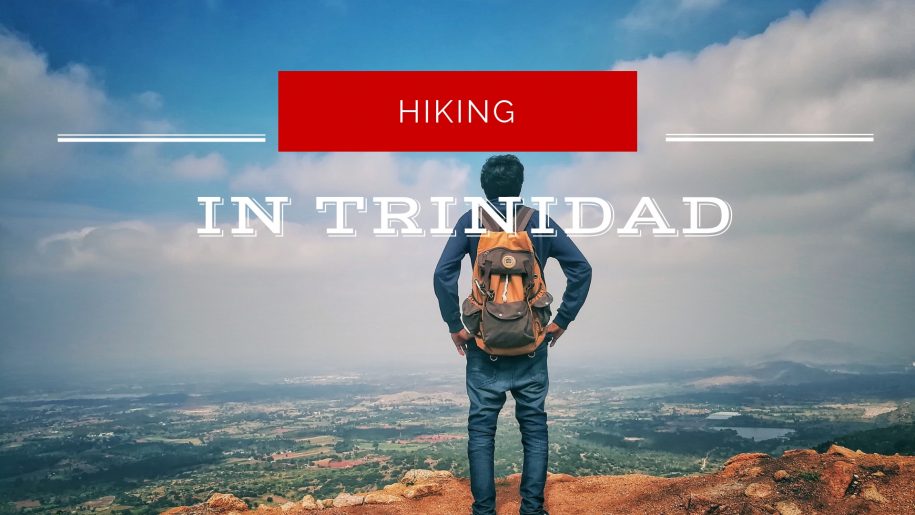The Magic of Hiking in Trinidad is perhaps one of the best kept secrets in Cuba. Trinidad was one of the earliest settlements founded by the Spanish after their arrival in Cuba. It rose to prominence thanks to the sugar and tobacco industries that were established in the region.
A UNESCO World Heritage site, the city itself is a great place in which to wander the cobbled streets and check out the surviving colonial architecture. But remember to go further afield and hike the surrounding provinces. There’s perhaps nowhere better on the island. The best way to experience Trinidad is to slip on a pair of walking boots and daypack and pick a direction!
 The Top Hiking Spots in Trinidad Cuba
The Top Hiking Spots in Trinidad Cuba
Topes de Collantes National Park
Located within the Sierra del Escambray mountains, Topes de Collantes National Park (and its third highest peak, which goes by the same name) is surrounded by an incredible vista of misty mountain tops and the verdant vegetation of thick pine forest that just begs to be explored on foot. Explore even a little bit of this 175 square km wonder of Cuba and you’ll find be amazed. Ancient waterfalls tumble into crystal clear pools, caves thousands of years old. The park is home to a vast diversity of flora and fauna, including the tocororo, Cuba’s national bird. It’s also a great place to escape the heat of Trinidad.
Thankfully the national park has some established trails that make the hiking all the easier. The Salto del Caburni Trail is perhaps the best known and used. At just 8 km in length to complete the round trip, it doesn’t require huge levels of fitness. Although there are steeper sections for which previous hiking experience is recommended. It begins at the Casa de la Gallega, a graffiti-covered building serving basic lunches. From here you enter the eucalyptus forest where over 40 different varieties of coffee plant are cultivated. At the end of the trail you’ll find a 65 metre waterfall where you can immerse yourself and cool off in one of the many waterpools at its base.
Another 8 km round trip worth considering as an alternative is the trail to the Salto Vega Grande waterfall. While for those looking for a shorter trek, the 3km route to La Batata passes by many natural pools of the local river-cave system along the way.
How to do it?
Although there are hotels in the village of Topes de Collantes itself, some therapeutic spa treatments, we’d recommend staying in Trinidad. Naturally when it comes to accommodation Trinidad has more options and more comfortable options too! Oh and there’s nightlife to boot!
Visitors can either hire a car to reach the trail heads, or opt instead for a professionally organised tour. Public transport should not be relied upon. If you’re not used to hiking, we recommend using a guide as some of the trails are not always clearly marked.
The Magic of Hiking in Valle de Los Ingenios
Trinidad the is both a culturally and architecturally rich city. To explore what made it that way, you need to head out of the city. A hike in the Valle de Los Ingenios – the Valley of the Sugar Mills – will give you the big picture. In the 18th centuries this region produced the nearly all the sugar cane in Cuba. At its peak Cuba produced 1 million tonnes of sugar or nearly 15% of the worlds production.
This UNESCO World Heritage Site, which once sustained 60 independent
mills, some in ruins and others still standing, all ripe for exploration. The most intact is perhaps Manaca Iznaga. Here the plantation house still survives as well as the barracones (slave quarters) and the mighty 45 metre high Iznaga Tower. Built in 1845 as a bell tower, it offers fantastic views over the surrounding area from the top.
How to do it?
Just a few minutes away from Trinidad by road, the Valle de los Ingenios isn’t hard to get to even if relying on public transport. While prone to breakdowns and not always running, a steam train that dates back more than a century leaves Trinidad for Manaca Iznaga at around 9.30 and returns around 1.30 pm. The 30-minute ride is filled with atmospheric charm. There’s a tourist-orientated bus, which although not luxurious, is certainly not the worst of Cuba’s rundown bus network. service. Alternatively, you can hire a taxi for about $40.
Hike to the beach?
While in the area of Trinidad it would be a travesty to miss Playa Ancon, a scenic stretch of sand just 13 km outside of the city – which you could of course hike to, with the promise of a refreshing dip in the ocean at the end. Made of stunning white sand, there are more than 30 snorkelling and diving locales offshore.
The Magic of Hiking Cuba’s Other Hiking Destinations
Looking for more hiking opportunities in Cuba, further afield than hiking in Trinidad Cuba? Why not take to the hills around Vinales, home to Cuba’s tobacco growing industry? A series of official and unofficial trails, including former bandit paths, lead through the rolling hills and into the mountains. Guides can be booked in town.
If you’re in the country’s far southeast, you could also consider hiking through the lush (and humid!) rainforests of the Alejandro de Humboldt National Park, another of Cuba’s UNESCO World Heritage Sites. Spanning 685 square kilometres of thick vegetation, you’ll want a guide, which can be organised in the nearest town of Guantanam
